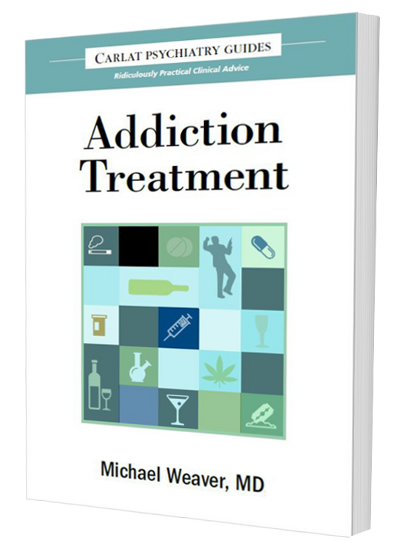Sometimes, despite neon warning signs and a voice in our head shouting "DON'T DO IT," we go ahead and do stupid things anyway.
Welcome to the world of Somaxon Pharmaceuticals, unveilers of the new sleeping pill, Silenor. Billed in their press releases as "the first and only non-scheduled prescription sleep aid that is proven to provide patients with a full night's sleep, including sleep into the 7th and 8th hour," Silenor is simply a branded version of doxepin, a tricyclic antidepressant that has been available in the U.S. since the 1960s, and has long been used as a cheap sleeping pill.
A year ago, Somaxon got FDA's permission to market this me-too drug. All they had to do was to take little pinches of generic doxepin powder, turn them into tablet form, and do some clinical trials to show it works for insomnia (see, for example, Scharf M et al, J Clin Psychiatry 2008;69(10):1557-1564). They now have an FDA indication for insomnia for the 3 mg and 6 mg doses. The lowest dose of generic doxepin in capsule form is 10 mg, so apparently the Somaxon reps will argue that this dose is too strong, and that Silenor's 3 and 6 mg forms are just right.
A month's supply of Silenor at 3 mg or 6 mg costs $214, according to Boston area pharmacies. On the other hand, a month's supply of doxepin 10 mg costs $4 at Wal-mart. The rare patients who cannot tolerate 10 mg of doxepin can reduce the dose by opening up the capsules and mixing some of the powder in juice. Or, they can try the liquid doxepin elixir if they really need tiny doses.
Silenor is a blatant get rich quick scheme that appears to be failing miserably. According to The Street, Silenor had total sales of only $1.4 million in the fourth quarter of 2010. At this rate, Silenor drug reps will have to ditch their cars and hike to doctors' offices with samples in their backpacks.
Shrewd analysts were predicting Silenor's early demise soon after it was approved--see for example, Douglas Krohn's June 2010 article, "The Problem With Somaxon's Silenor." More recently, up and coming psychiatrist/blogger Steve Balt posted a great investigative piece on his Thought Broadcast blog, entitled "Thank you, Somaxon Pharmaceuticals!" Trying to be fair, Balt contacted medical affairs at Somaxon to see if they had any data showing an advantage of Silenor over 10 mg of doxepin. Interestingly, he was sent a document entitled "Is the 10 mg Doxepin Capsule a Suitable Substitute for the Silenor® 6 mg tablet?" Apparently Somaxon was already armed and ready for me-too accusations.
Balt publishes Somaxon's chart comparing blood levels of Silenor 6 mg vs. doxepin 10 mg. At first glance, it appeared that doxepin practically overdoses patients--until Balt realized that the doxepin data was essentially made up. I won't steal any more of his thunder--please jump over to his blog for the entertaining details.
Shrewd analysts were predicting Silenor's early demise soon after it was approved--see for example, Douglas Krohn's June 2010 article, "The Problem With Somaxon's Silenor." More recently, up and coming psychiatrist/blogger Steve Balt posted a great investigative piece on his Thought Broadcast blog, entitled "Thank you, Somaxon Pharmaceuticals!" Trying to be fair, Balt contacted medical affairs at Somaxon to see if they had any data showing an advantage of Silenor over 10 mg of doxepin. Interestingly, he was sent a document entitled "Is the 10 mg Doxepin Capsule a Suitable Substitute for the Silenor® 6 mg tablet?" Apparently Somaxon was already armed and ready for me-too accusations.
Balt publishes Somaxon's chart comparing blood levels of Silenor 6 mg vs. doxepin 10 mg. At first glance, it appeared that doxepin practically overdoses patients--until Balt realized that the doxepin data was essentially made up. I won't steal any more of his thunder--please jump over to his blog for the entertaining details.




 Subscribe to our RSS Feed!
Subscribe to our RSS Feed!
